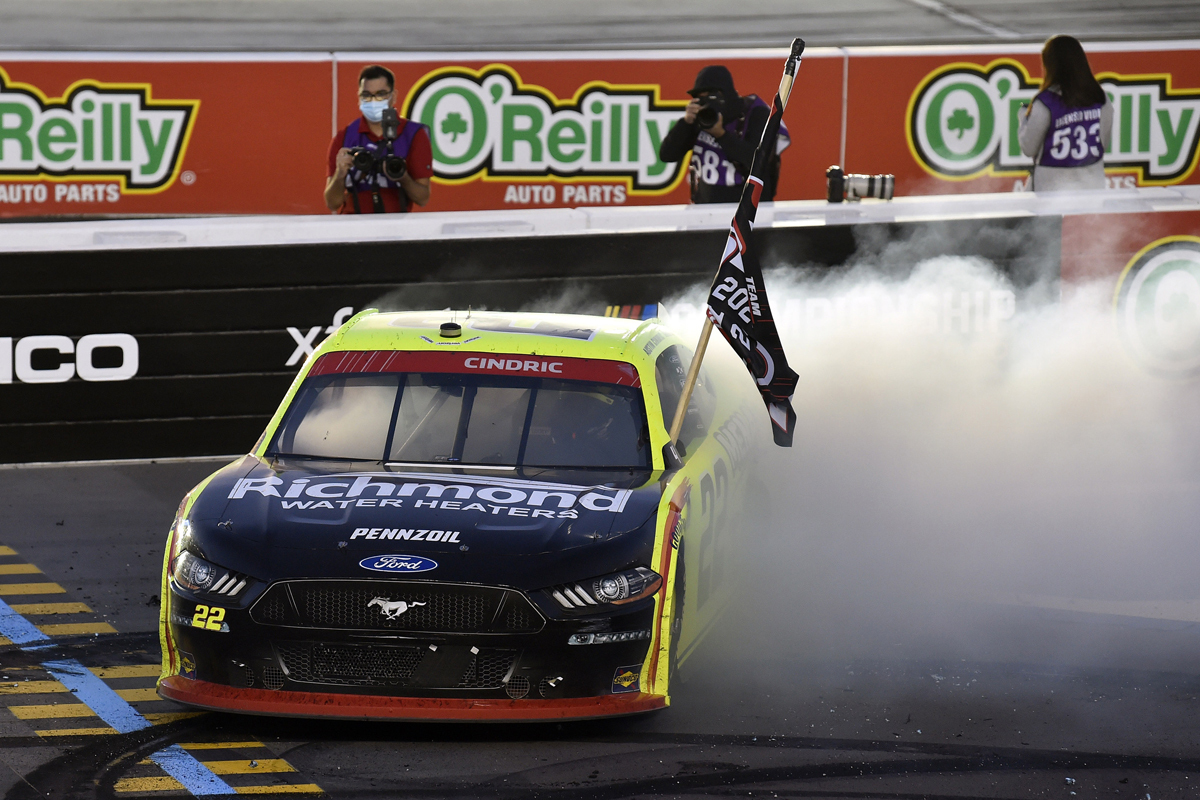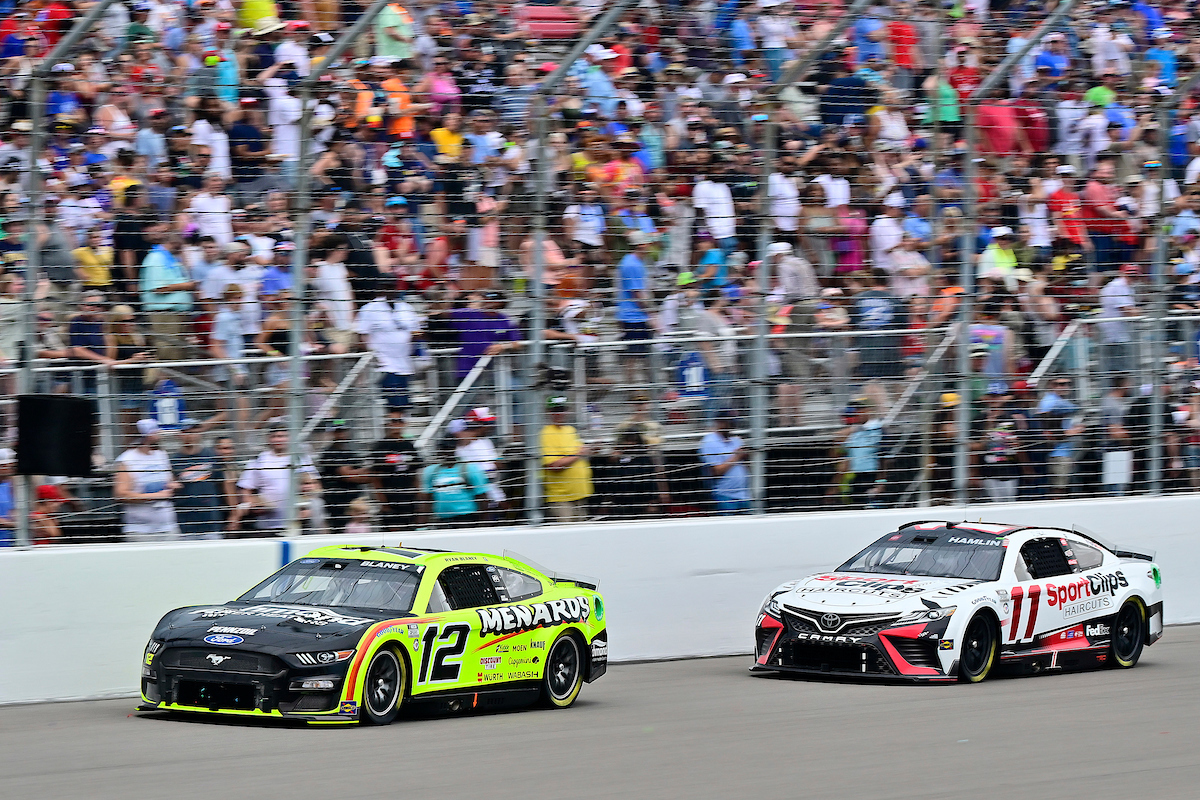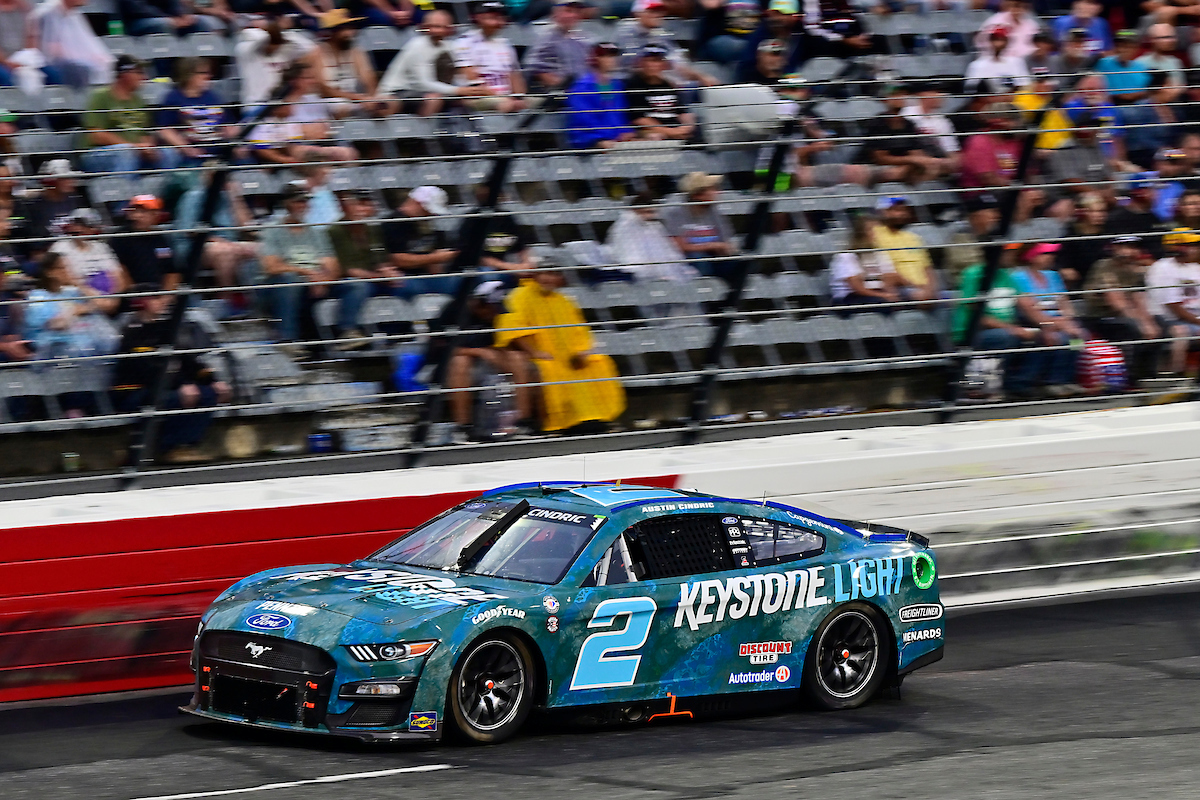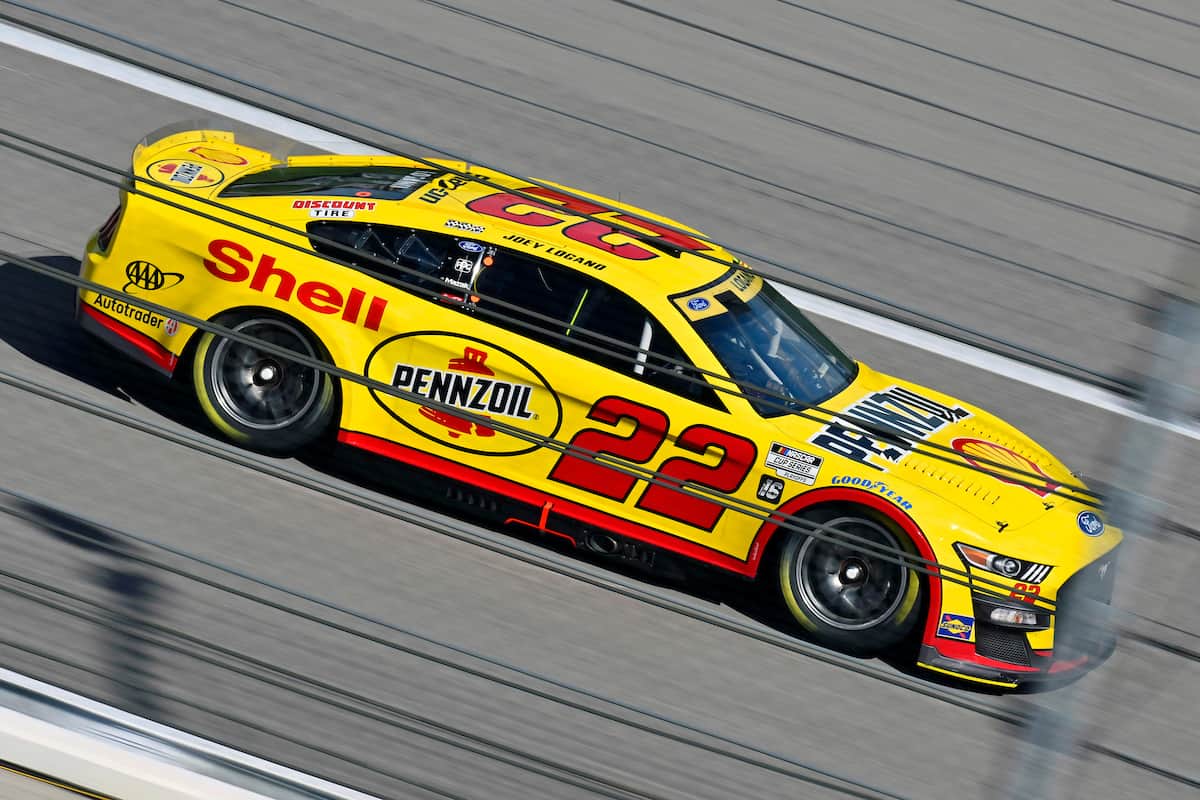Are NASCAR bodies identical?
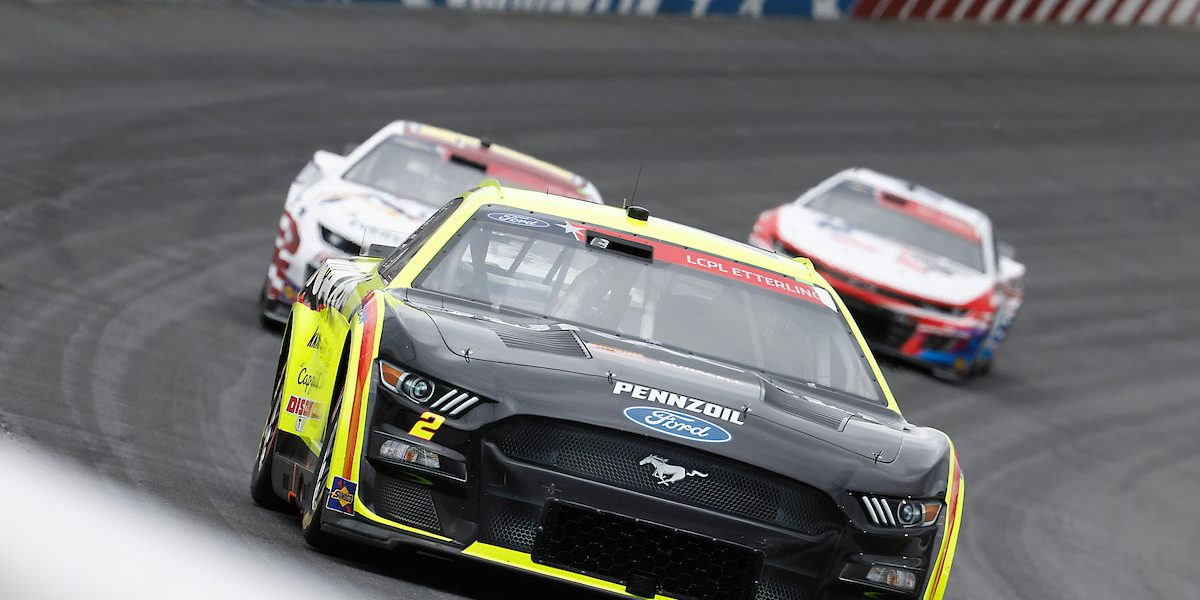
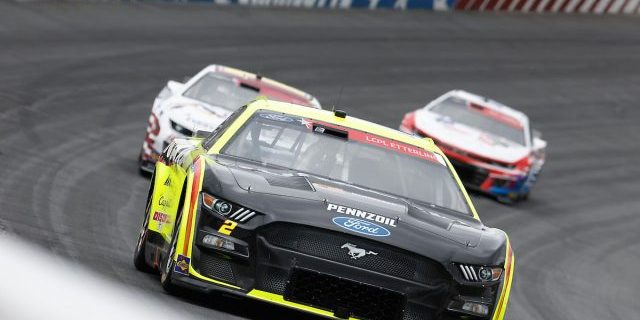
You’ve probably wondered while watching a NASCAR race, “Are all these cars really the same?” The question isn’t just a fleeting thought; it can fundamentally change how you view the sport.
No, NASCAR bodies are not entirely identical. Although they may look similar at a glance, teams have a degree of latitude within regulations to customize cars for performance advantages.
Table of Contents
In this article
In this article, we’ll delve deep into the specifics of NASCAR car bodies, shedding light on the common misconception that they are uniform. We’ll explore the rules and regulations that guide the design, the degree of customization allowed, and why diversity within uniformity is crucial in the competitive world of NASCAR racing.
A Detailed Explanation
The NASCAR Rulebook
Firstly, it’s essential to understand that NASCAR has a rulebook that teams must follow when designing their cars. This rulebook includes specifics about the size, shape, and materials permitted for various parts of the car body. However, within those parameters, teams have some wiggle room to tweak and customize.
The Art of Customization
Despite the regulations, engineers and designers invest countless hours into optimizing aerodynamics, weight distribution, and even paint finishes. These customizations can significantly impact a car’s performance, providing a competitive edge that could make the difference between victory and defeat.
Similar but Not Identical
It’s this latitude within the rules that results in cars that may look the same to the casual observer but are different in nuanced ways. From unique air ducts to specially designed spoilers, teams seek every advantage within the boundary of the rules.
The Importance of Inspection
Lastly, NASCAR employs rigorous inspection processes to ensure that all cars meet the required standards. These inspections aim to level the playing field, ensuring that no team gains an unfair advantage through unauthorized modifications.
Here’s everything else you need to know to understand the complexities behind NASCAR bodies’ seeming uniformity.
What’s Allowed and What’s Not?
The line between legal customization and unfair advantage is thin in NASCAR. Teams are continuously pushing the envelope to find ways to make their cars faster, more aerodynamic, or more efficient within the regulations. Therefore, it’s crucial to understand what is explicitly allowed and what isn’t.
The Grey Areas
The NASCAR rulebook isn’t exhaustive, which means that teams often find themselves in grey areas of interpretation. This vagueness offers opportunities for innovation, but it can also lead to controversy and penalties if a modification is deemed to violate the spirit of the rules.
Here, understanding the nuances is key to appreciating the sport’s complexity.
The Role of Inspectors
NASCAR inspectors have a challenging job. They must assess each car’s compliance with the rules, often making judgment calls in areas where the regulations are not entirely clear. With advancements in technology, the inspection process has become increasingly sophisticated, but it’s still not entirely foolproof.
This detailed inspection ensures that the cars meet the sport’s ethos of fair competition, but it also keeps the teams on their toes, pushing them to innovate within the confines of the rulebook.
Now that you understand the broad strokes, let’s delve deeper into some specific aspects that add layers to this intriguing question.
The Impact of Sponsors and Manufacturers
One of the variables that play into the differentiation of NASCAR bodies is the role of sponsors and manufacturers. Different manufacturers like Ford, Chevrolet, and Toyota have their own unique specifications within the broad constraints of the NASCAR rulebook.
Sponsor Specifications
Sponsors often have their own requirements, too, especially when it comes to visual elements like the car’s paint finish and decals. While these changes are more cosmetic than performance-related, they still contribute to the overall distinction between cars.
Manufacturer Contributions
Manufacturers work closely with teams to optimize performance, often providing proprietary technologies and materials. This partnership often leads to subtle differences in the car bodies, tailored to each team’s unique strategies and performance objectives.
The Evolution of NASCAR Car Bodies
NASCAR is a sport steeped in history, and its car bodies have evolved significantly over the years. What started as stock cars has gradually morphed into the specialized racing machines we see today.
Early Years vs. Modern Era
In the sport’s early years, cars were much closer to what you might find at a regular car dealership. However, as the sport grew, so did the attention to aerodynamics, safety, and performance. Today’s NASCAR vehicles are the result of decades of engineering advancements, each designed for maximum competitiveness within the set rules.
Technological Advancements
Technology has also played a significant role in the evolution of NASCAR car bodies. Advancements in materials science have led to lighter, stronger car bodies. Computational Fluid Dynamics (CFD) is now commonly used to simulate airflow around the car, enabling engineers to make informed decisions about body modifications for improved aerodynamics.
How to Spot the Differences
To the untrained eye, NASCAR cars might all look identical, but now that you’re armed with this information, you might be keen to spot the differences yourself.
Visual Clues
Look for unique vent placements, slight variations in spoiler angles, or even unique mirror shapes. These small differences may not be immediately obvious but are crucial for performance and are entirely legal within NASCAR’s rules.
Watch the Races Closely
The real magic happens during the races. Observing how different cars perform in various situations like turns, straightaways, and pit stops can offer clues into what makes each car distinct.
Now that we’ve covered these facets, let’s wrap things up.
Are NASCAR bodies identical? – Final Thoughts
By now, you should have a much clearer understanding of the intricacies involved in NASCAR car bodies. Far from being identical clones, each car is a unique combination of engineering brilliance, team strategy, and strict adherence to NASCAR’s comprehensive rulebook. This balance of uniformity and customization is what makes NASCAR a continuously evolving and captivating sport to follow.
So the next time you watch a NASCAR race, you’ll not only be cheering for your favorite driver but also appreciating the subtle nuances that make each car unique. You’re not just a fan; you’re now an informed spectator.
Are NASCAR bodies identical? – FAQ: Frequently Asked Questions
Are all NASCAR cars made by the same manufacturer?
No, multiple manufacturers like Ford, Chevrolet, and Toyota are involved in NASCAR, each with their own set of specifications within NASCAR’s guidelines.
How do sponsors affect the look of NASCAR cars?
Sponsors often influence the cosmetic aspects like paint finishes and decals, which add to the visual distinction between cars.
Is there a limit to how much a team can modify a car?
Yes, all modifications must adhere to NASCAR’s rulebook, and cars undergo rigorous inspections to ensure compliance.
How do teams find loopholes in the rulebook?
Teams employ engineers and designers who carefully study the rulebook to find areas where they can make legal modifications for a performance advantage.
What happens if a car fails inspection?
If a car fails inspection, it may be disqualified from the race, or the team may receive penalties such as fines or points deductions.
With this newfound knowledge, you’re all set to dive deeper into the exciting world of NASCAR, appreciating the sport’s complexity beyond just speed and adrenaline. Happy watching!






